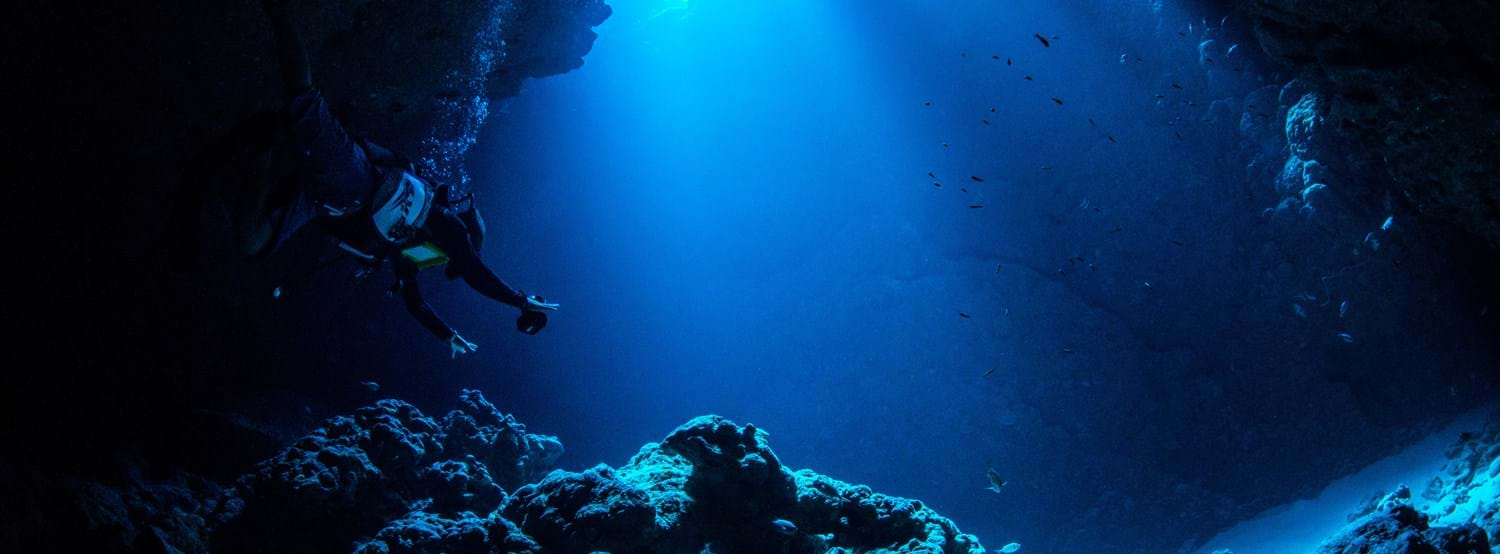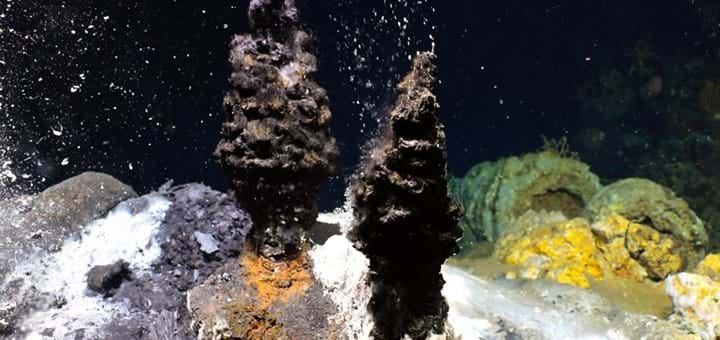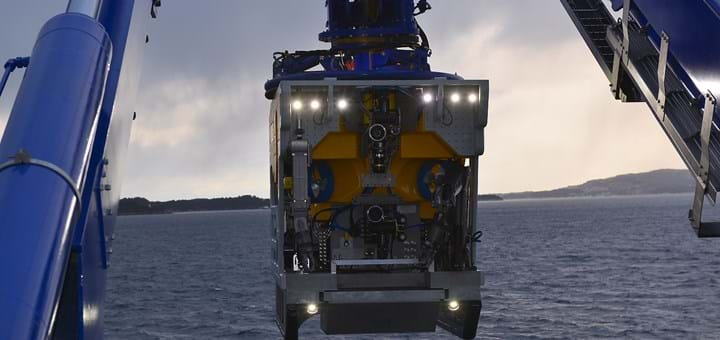Marine Minerals – A New Billion-dollar Industry

A Rystad Energy report concludes that Norway is in a unique global position with several competitive advantages related to marine minerals. A new billion-dollar ocean industry is forecasted.
The report is the first attempt to quantify the Norwegian value creation potential of marine mineral and was handed over to the Minister of Petroleum and Energy; Tina Bru, 20 November.
Tina Bru stated that she will read the report with great interest.
– We are currently working as fast as we can to get in place the impact assessment as a first step for opening areas for marine minerals. It is not possible to develop this new industry without private companies who sees the possibility, Bru stated when she received the report.
Join our webinar 3 December for a more detailed presentation of the report.
Can be Larger than Offshore Wind
A key takeaway from the report is that marine mineral is “in the money”, with a projected income significant higher than the estimated cost of extractions. We currently see the cost curb for bottom fixed offshore wind about to cross the earnings, while floating wind is far from economically profitable.
The report outlines different scenarios for the development for the marine minerals industry, where three of four scenarios estimates more people working within marine minerals than within offshore wind. We also see a higher degree of overlap with the Norwegian petroleum and maritime competence towards marine minerals than for offshore wind and other emerging ocean industries.
2 per cent of the world’s spreading ridges hosting massive sulphides containing especially copper, cobalt and zinc are placed in Norwegian exclusive economic zones. This places Norway only behind Fiji as the countries with the largest economic right to these ridges globally. 64 per cent are in international waters.
This gives Norway a unique position with possibility to build a home market with significant exporting potential. We have the resources, competence and experience with sustainable management and the utilisation of petroleum to build on.
Recycling in not Enough
The transition to renewable energy and electric transportation requires access to new mineral resources. Most extracted mineral resources are currently tied up in existing infrastructure and equipment. The metals demand will only increase the more aggressively society fights climate change.
As one example the World Bank projects that only 36 per cent of the copper can be obtained from recycling in 2050 with current recycling rate and ambition to meet a 2-degree climate scenario. Even if we achieve 100 per cent end-of-life recycling rate this will only contribute to 53 per cent of the supply.
Marine mining also has the potential for a smaller environmental footprint due to a far higher metal ore grade compared to land based mines.
Contact Information


About the report
This report is the first attempt to quantify the Norwegian value creation potential of marine minerals.
The report is ordered by GCE Ocean Technology, GCE NODE, GCE Blue Maritime Cluster, Norsk olje og gass (NOROG), Norwegian Forum for Marine Minerals (NMM), Aker and Loke Marine Minerals.
Related Events
GCE Ocean Technology Events
Other events



